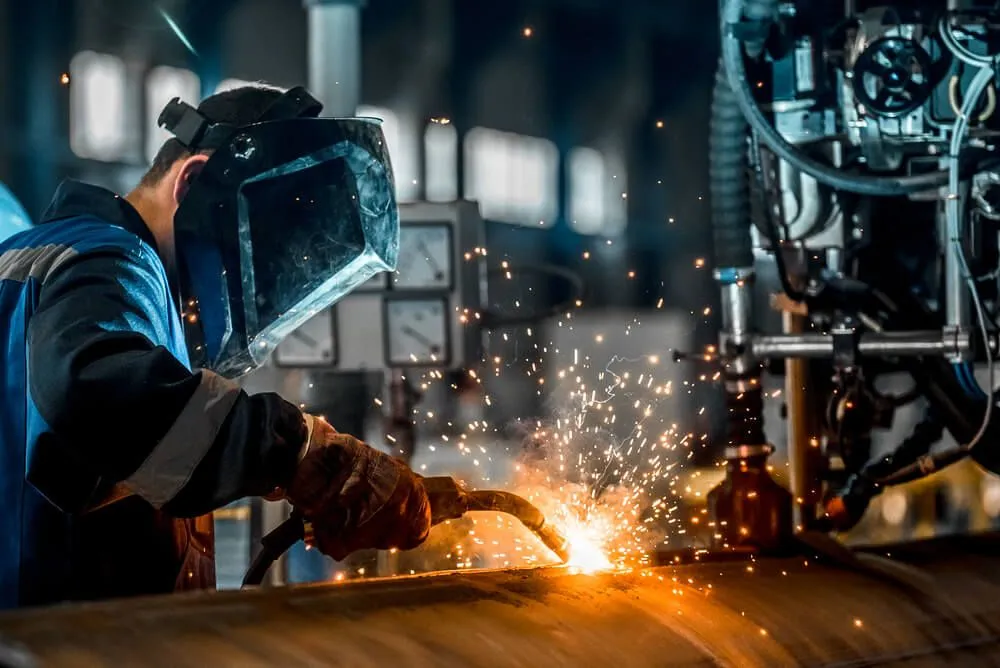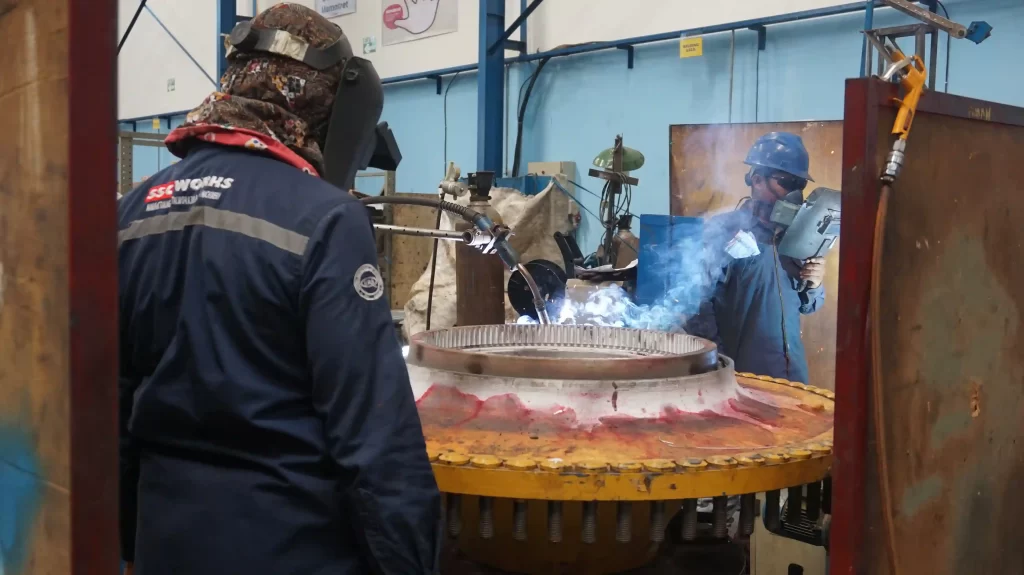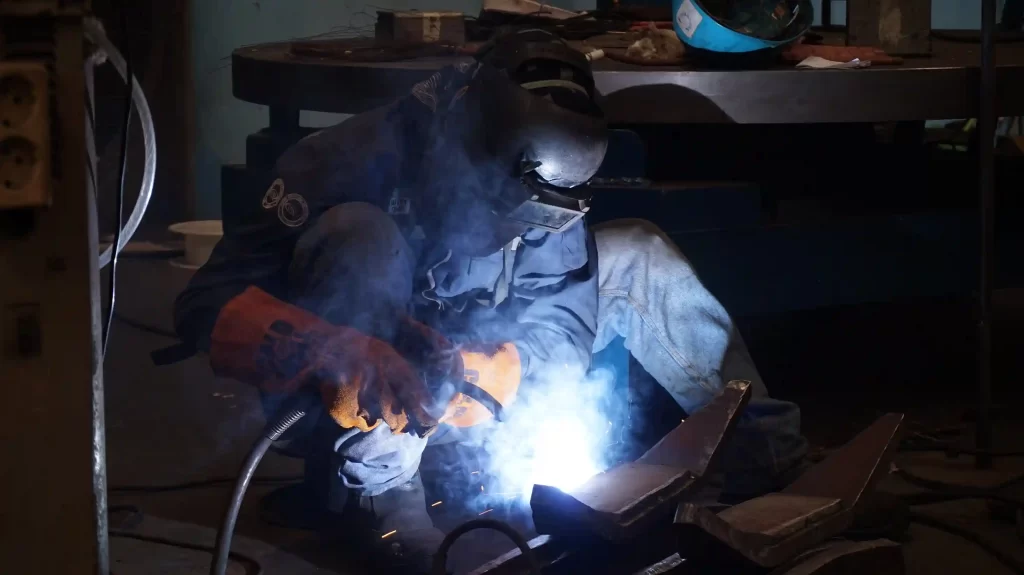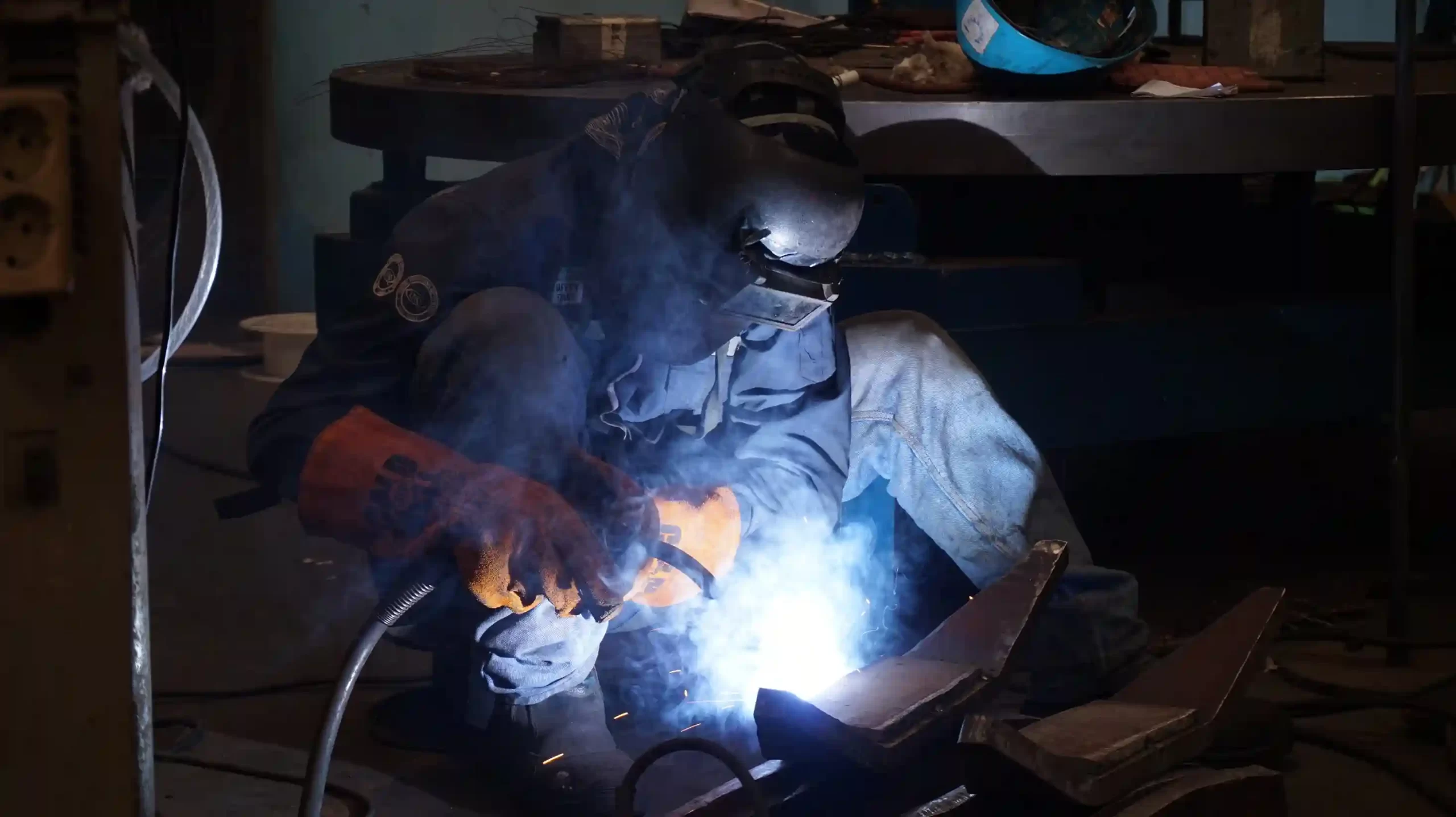Welding: The Key to Heavy Equipment Strength and Safety
Welding is the process of joining two or more materials, usually metals, by melting the parts to be joined and adding filler material.
In the heavy machinery industry, strength and safety are two aspects that cannot be compromised. One of the most important techniques for maintaining these aspects is welding. Welding is the process of joining metals using high heat to melt and fuse materials, creating a strong and durable bond. At SSC Works, welding techniques play a vital role in the maintenance and repair of heavy machinery, as well as the fabrication of custom components that meet high-quality standards. In this article, we will discuss what welding is, various welding techniques, and the importance of welding in the heavy machinery industry.

What is Welding?
Welding is the process of joining two or more materials, usually metals, by melting the parts to be joined and adding filler material. This process is carried out using high heat, pressure, or a combination of both. Once cooled, the molten metal fuses together, creating a bond that is extremely strong and durable.
Types of Welding
There are various welding techniques used in the heavy machinery industry, each with its own advantages. Some of them include:
Gas Tungsten Arc Welding (TIG): A welding technique that uses a tungsten electrode and a shielding gas to create a very strong and precise weld. TIG is ideal for welding thin metals or projects that require a clean finish.
Gas Metal Arc Welding (MIG): A welding process that uses a wire electrode that is automatically fed into the weld joint. MIG is popular for its ease of welding thicker metals and various types of materials.
Stick Welding (SMAW): A welding technique that uses a flux-coated electrode, which produces a shielding gas as it melts. Stick welding is versatile and can be used in various environmental conditions.
Flux-Cored Arc Welding (FCAW): Similar to MIG, but uses a hollow wire electrode filled with flux. FCAW is suitable for outdoor welding or in challenging conditions.
Oxy-Acetylene Welding: A traditional technique that uses a mixture of oxygen and acetylene gas to cut and weld metals. Although less commonly used today, this method remains essential for certain tasks.

Importance of Welding in the Heavy Machinery Industry
At SSC Works, we understand that welding is a crucial element in the repair and maintenance of heavy machinery. Strong and secure joints are the foundation of any reliable piece of heavy equipment, and high-quality welding can extend the life of equipment and improve its performance. Here are some reasons why welding is so important in the heavy machinery industry:
Structural Repairs: Many pieces of heavy machinery experience wear and tear or damage to their metal structures due to intensive use. Welding allows for structural repairs by creating strong and durable bonds, extending the machinery’s lifespan.
Custom Component Fabrication: In some cases, heavy machinery components need to be modified or fabricated to meet specific requirements. Welding techniques enable the creation of custom components with high precision that meet quality standards.
Operational Safety: Weak or imperfect joints can lead to operational failures that can be dangerous. Therefore, properly executed welding is key to ensuring the safety of both operators and the machinery itself.
Cost Efficiency: Repairing damaged parts with welding is often more cost-effective than replacing them with new components. This helps reduce downtime and keeps machinery operational.

Welding is an essential process in the heavy machinery industry, whether for repair or component fabrication. At SSC Works, we prioritize welding quality to ensure that every piece of heavy equipment we handle has strong, durable, and safe joints. With experienced technicians and advanced equipment, we are ready to provide the best welding services to meet your heavy machinery maintenance and repair needs. Trust us to keep your equipment in optimal condition because, at SSC Works, welding is the key to strength and safety.

